S.C. Encyclopedia | Now extinct, the Carolina parakeet (Conuropsis carolinensis) was a dove-sized (about thirty-five centimeters long) bird with a bright green body, yellow head, and orange face. Mark Catesby, an English naturalist living in Charleston, painted the parakeet in 1731, thus providing the first scientific description of the species. The species was abundant in early America, and its range extended to New York, Colorado, and Florida. The Carolina parakeet was well known for its ability to withstand harsh winters, due to the winter availability of its main foods: cockleburs, thistle seeds, and sandspurs.


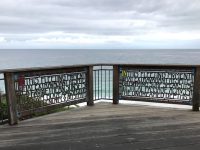
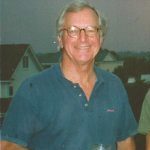
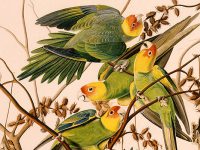
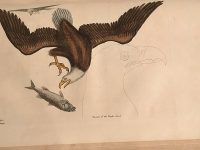

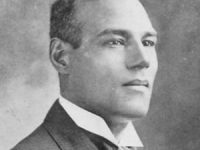
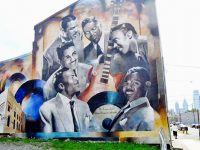
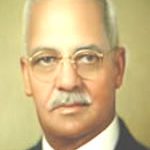
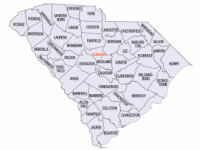
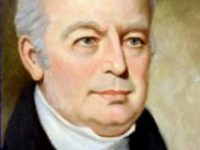

 We Can Do Better, South Carolina!
We Can Do Better, South Carolina!

























Recent Comments